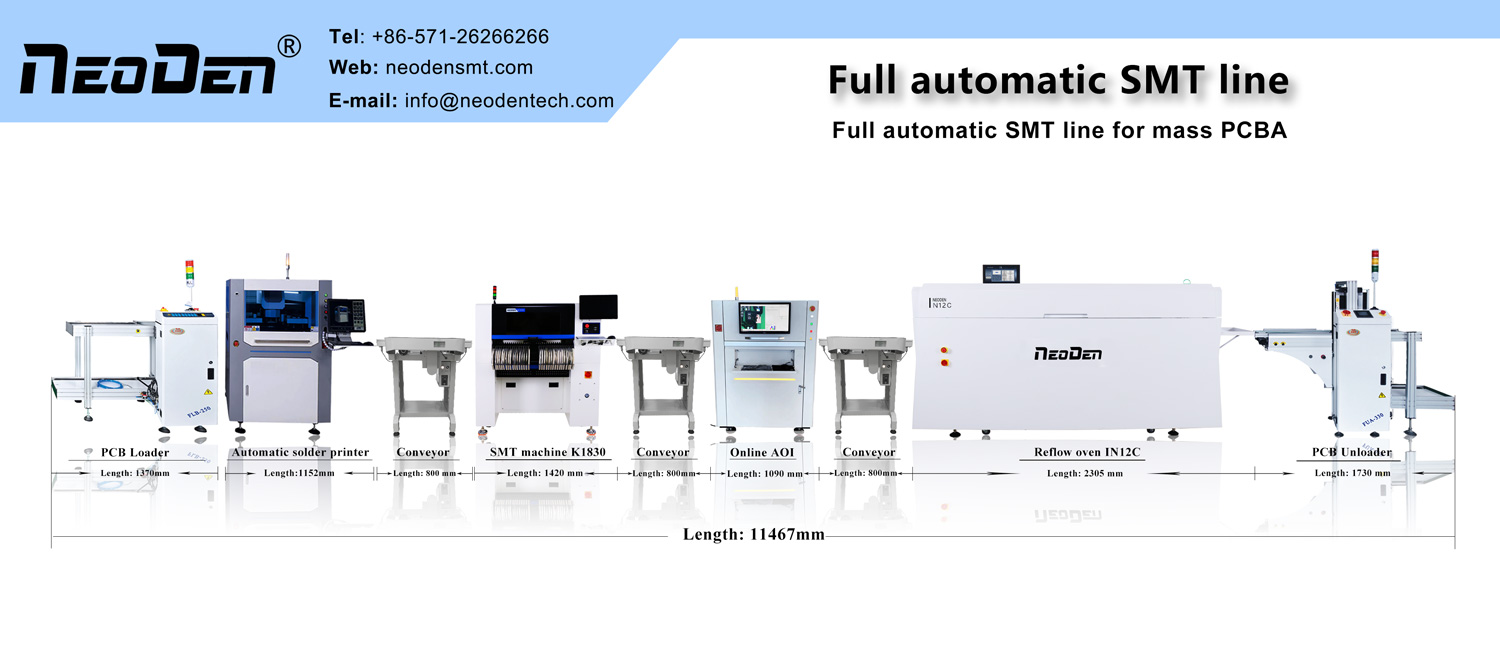Preface.
The rework process is consistently overlooked by many factories, yet the actual unavoidable shortcomings make rework essential in the assembly process. Therefore, the no-clean rework process is an important part of the actual no-clean assembly process. This article describes the selection of materials required for the no-clean rework process, testing and process methods.
I. No-clean rework and the use of CFC cleaning between the difference
Regardless of what kind of rework its purpose is the same —— in the printed circuit assembly on the non-destructive removal and placement of components, without affecting the performance and reliability of the components. But the specific process of no-clean rework using CFC cleaning rework differs in that the differences are.
1. in the use of CFC cleaning rework, the reworked components to pass a cleaning process, the cleaning process is usually the same as the cleaning process used to clean the printed circuit after assembly. Cleaning-free rework is not this cleaning process.
2. in the use of CFC cleaning rework, operation in order to achieve good solder joints throughout the reworked components and printed circuit board area are to use solder flux to remove oxide or other contamination, while no other processes to prevent contamination from sources such as finger grease or salt, etc.. Even if excessive amounts of solder and other contamination are present in the printed circuit assembly, the final cleaning process will remove them. No-clean rework, on the other hand, deposits everything in the printed circuit assembly, resulting in a range of problems such as long-term reliability of solder joints, rework compatibility, contamination and cosmetic quality requirements.
As no-clean rework is not characterised by a cleaning process, the long-term reliability of solder joints can only be guaranteed by selecting the right rework material and using the right soldering technique. In no-clean rework, the solder flux must be new and at the same time sufficiently active to remove oxides and achieve good wettability; the residue on the printed circuit assembly must be neutral and not affect long-term reliability; in addition, the residue on the printed circuit assembly must be compatible with the rework material and the new residue formed by combining with each other must also be neutral. Often leakage between conductors, oxidation, electromigration and dendrite growth are caused by material incompatibility and contamination.
The quality of today’s product appearance is also an important issue, as users are accustomed to preferring clean and shiny printed circuit assemblies, and the presence of any type of visible residue on the board is considered contamination and rejected. However, visible residues are inherent in the no-clean rework process and are not acceptable, even though all residues from the rework process are neutral and do not affect the reliability of the printed circuit assembly.
To solve these problems there are two ways: one is to choose the right rework material, its no-clean rework after the quality of solder joints after cleaning with CFC as good as the quality; second is to improve the current manual rework methods and processes to achieve reliable no-clean soldering.
II. Rework material selection and compatibility
Due to the compatibility of materials, no-clean assembly process and rework process is interlinked and interdependent. If materials are not selected correctly this will lead to interactions that will reduce the life of the product. Compatibility testing is often an annoying, expensive and time-consuming task. This is because of the large number of materials involved, expensive test solvents and long continuous test methods etc. The materials generally involved in the assembly process are used in large areas, including solder paste, wave solder, adhesives and form-fitting coatings. The rework process, on the other hand, requires additional materials such as rework solder and solder wire. All of these materials need to be compatible with any cleaners or other types of cleaners used after printed circuit board masking and solder paste misprinting.
Post time: Oct-21-2022

